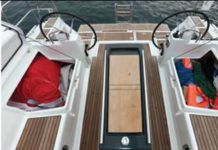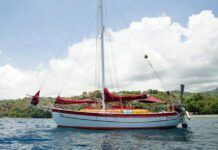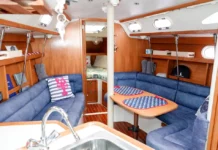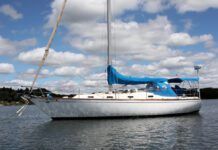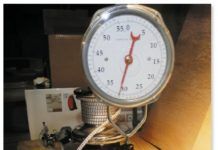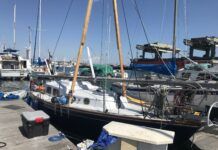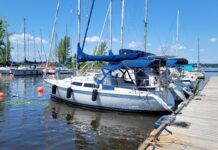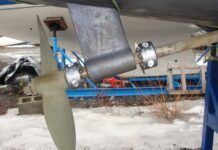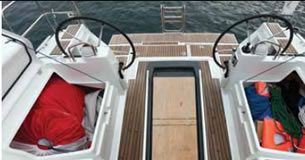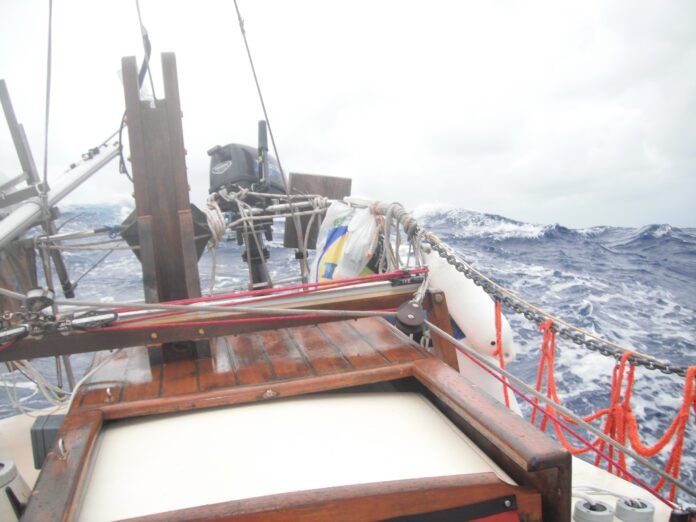
This article is not a “how to” on COB drills or other procedures. There is lots of good training available on that subject and anyway it is best to develop individual systems that suit your boat and crew. Staying on board in the first place should be your main objective. What I have not seen is much discussion on how to prepare yourself to cope when things get difficult so that you can stay calm at sea.
To continue reading this article or issue you must be a paid subscriber. Sign in
Subscribe to Practical Sailor
Get full access to Practical Sailor - over 4,000 articles - for just $34.
Subscribe today and save 42% off the annual rate.


